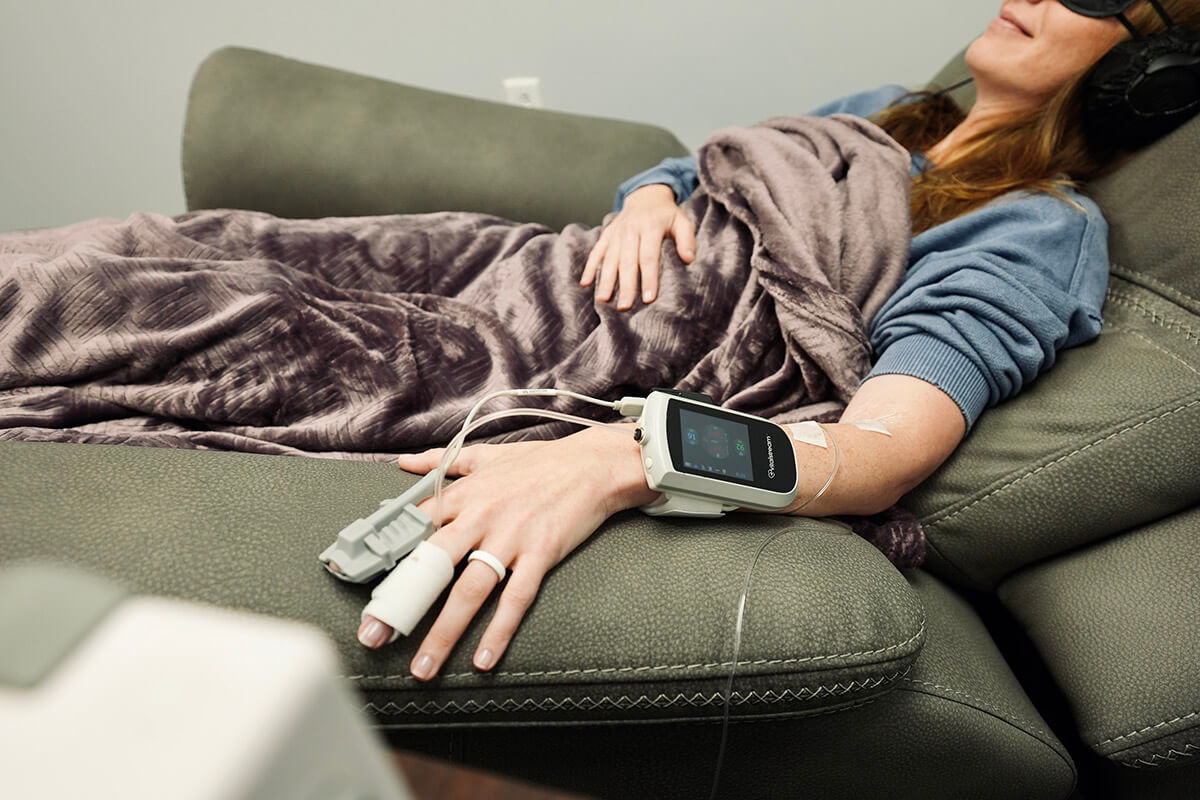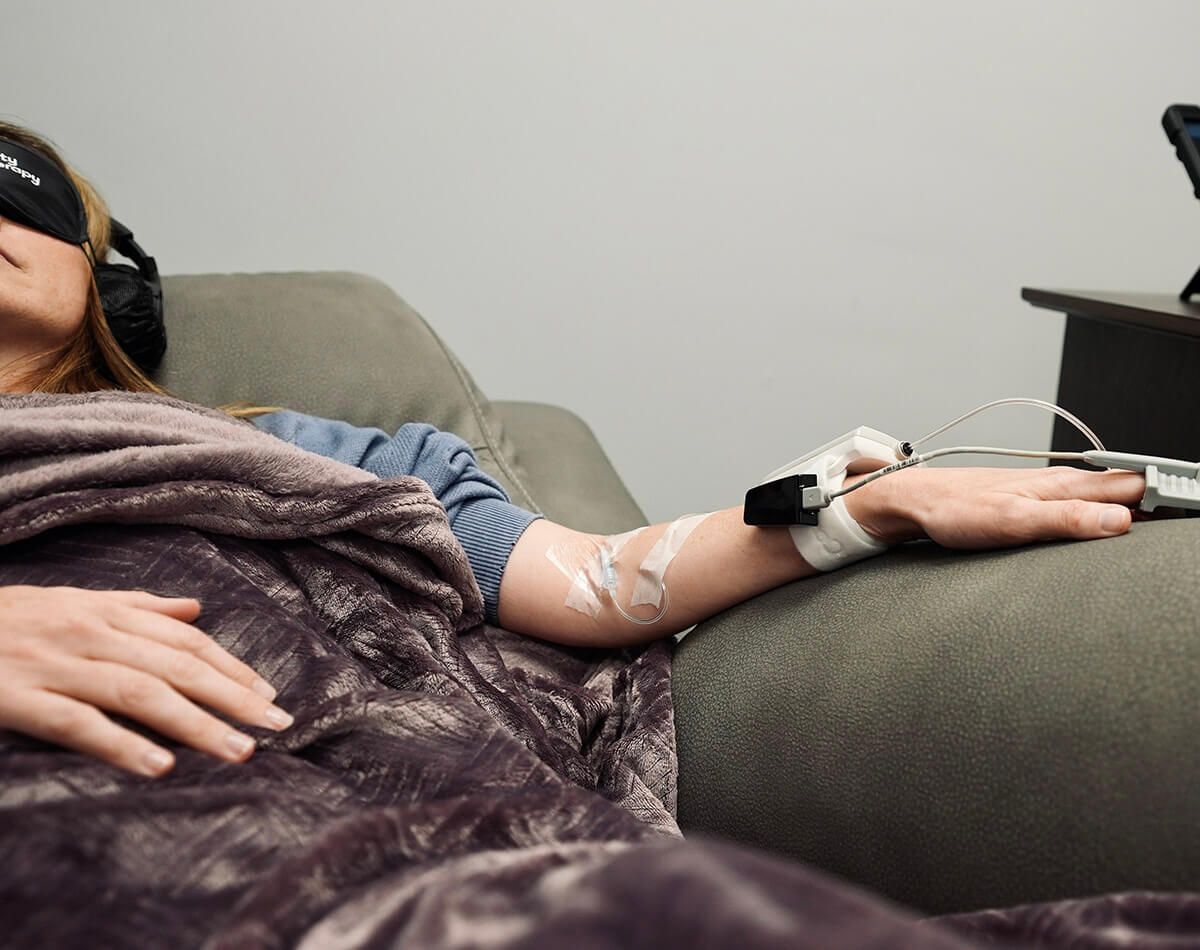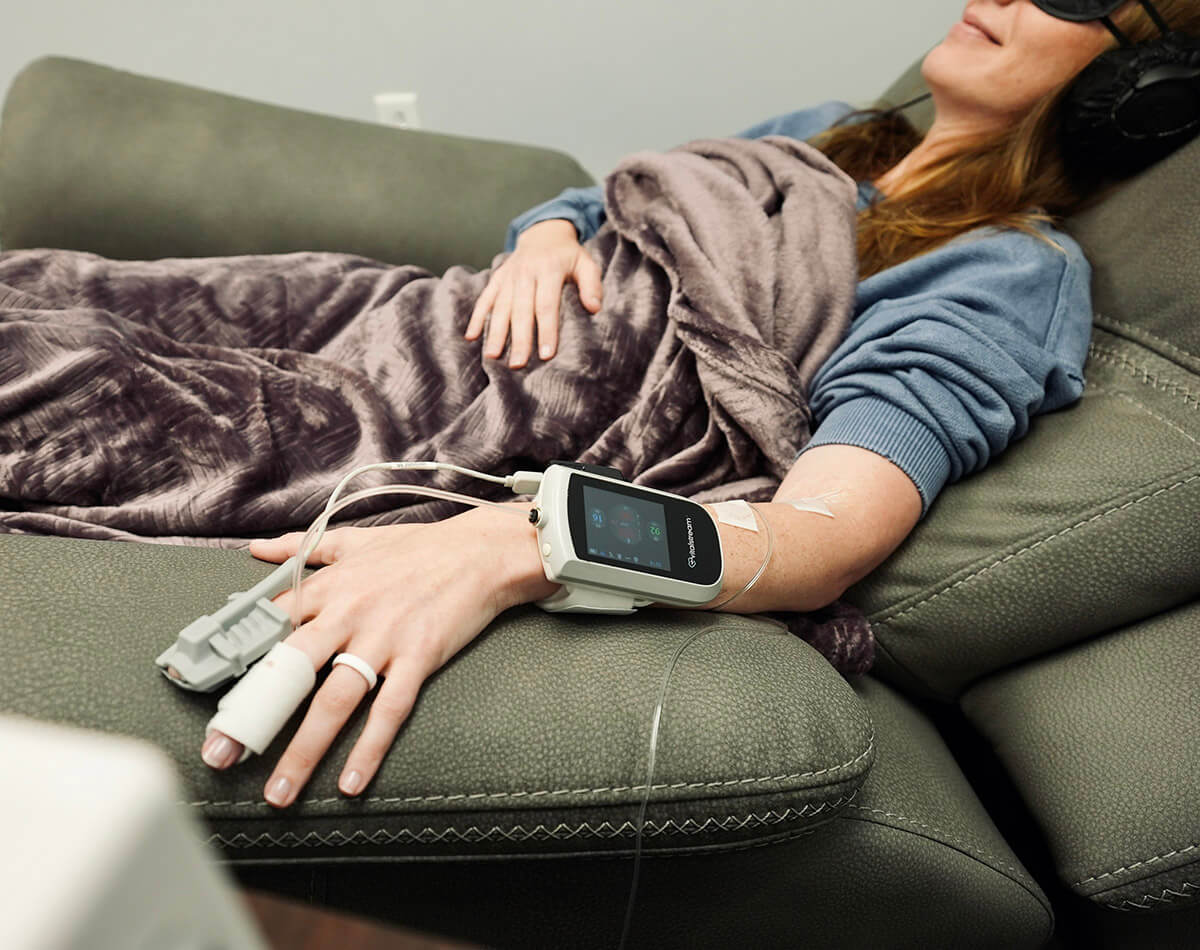

Ketamine has been around since the early 1960s, when scientists first began testing it on animals. After promising trials on animals and humans, the FDA approved Ketamine for medical use in 1970 in humans as young as 6 months old. Ketamine infusion was approved to provide patients safe, reliable sedation and pain relief without depressing their vital functions like morphine does.
Ketamine is a non-narcotic, non-opioid, non-addictive dissociative anesthetic that causes a disassociation between the thalamus and the limbic system, similar to a dissociation between the mind and the body. Unlike other anesthetics that put the brain and the body to sleep, Ketamine puts the brain to sleep without suppressing the body’s vital functions such as heart rate, blood pressure, and breathing.
This effect on the brain initiates the neurogenesis responsible for the success we see in treating mood disorders and chronic pain. The mild dissociation seen with low-dose ketamine administration stimulates increased production and release of a protein called brain-derived neurotrophic factor (BDNF), which creates new, healthy neuronal connections.


Periods of heightened stress and trauma cause lesions to appear on the brain, or areas of the brain that inhibit the brain’s ability to process and communicate. Think of Ketamine Infusion Therapy as a way of washing away all the neuronal connections that have been damaged by anxiety, pain, and depression and starting with a clean slate. At Scenic City Neurotherapy, Ketamine Infusion Therapy boasts a patient-reported remission of symptoms at about 85%.
NAD+ is a key component in the Minimally-Stimulated Ketamine Infusion Therapy (MSKIT®) protocols for mood disorders and chronic pain conditions. This coenzyme is found in every cell in your body and is essential for creating cellular energy and maintaining cellular health. NAD+ contributes to longevity by maintaining the length of your telomeres, or the DNA at the ends of chromosomes—like the plastic tip of a shoelace.
Since the 1960s, NAD+ has been used to minimize symptoms and shorten the duration of opioid, benzodiazepine, and antidepressant withdrawal. It is proven to slow or prevent cognitive decline with age, and it is even FDA approved to treat chronic fatigue.
The MSKIT® protocols include adjuncts like NAD+ to bolster the benefits of the primary treatment. Ketamine creates neuroplasticity, while NAD+ increases the amount of biologic compounds your body and brain need to function optimally. At Scenic City Neurotherapy, we are committed to maximizing your investment, which is why our outcomes exceed those of other clinics in the region.


Monday: 9 A.M. – 7 P.M.
Tuesday: 9 A.M. – 7 P.M.
Wednesday: 9 A.M. – 7 P.M.
Thursday: 9 A.M. – 7 P.M.
Friday: 9 A.M. – 7 P.M.
Saturday: We’re Closed
Sunday: 9 A.M. – 7 P.M.